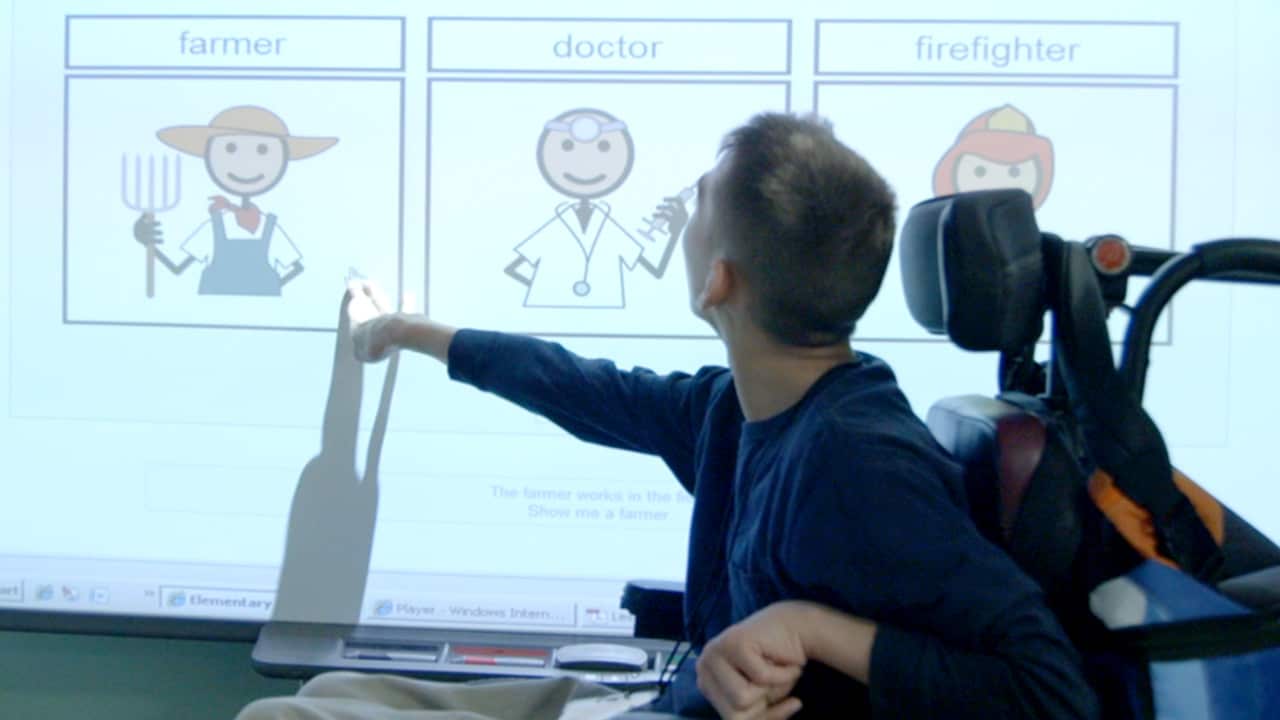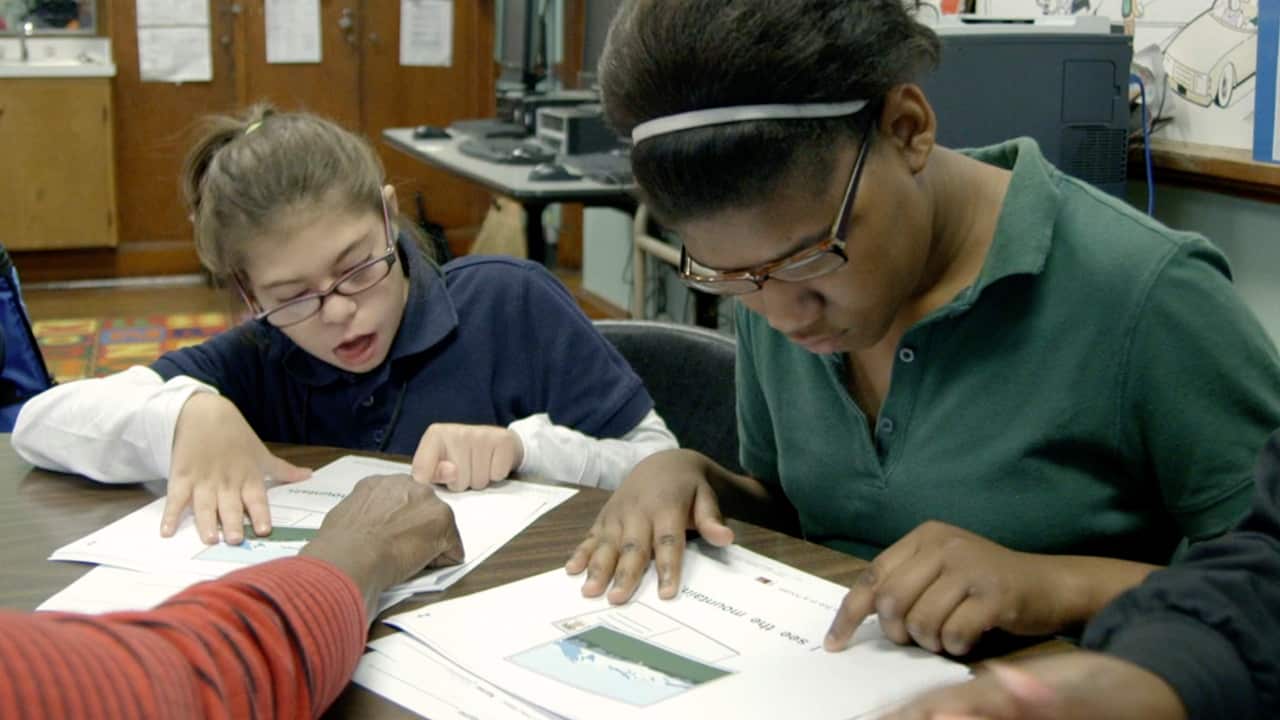With the most recent enactment of the Individuals with Disabilities Education Act (IDEA), special education was further defined as consisting of instruction designed to meet the unique needs of a child with a disability.
As such, providing individualized education of this scale requires coordination, teamwork and collaboration that may go above and beyond the norm, but ultimately will provide an easy-to-implement system of checks and balances, not only for educators but also for students and their family support system.
Taking your IEP program from theory to practice involves much more than simply establishing a baseline goal and wishing it into existence. Once the goal is set, proactive measures must be implemented—sometimes with painstaking detail—to ensure accountability that aligns with best practices in order to produce expected or desired results.
Here are a few tips for ensuring a successful IEP process:
Craft a Strong PLAAFP Statement
As the baseline of a student’s present level of academic achievement and functional performance, this document forms the foundation of the IEP—providing the foundation for building goals and objectives for the coming year.
Develop Ambitious, Observable and Measurable Goals
These annual goals should be considered like a roadmap and written with reasonably high, attainable expectations that include age-appropriate content. Things to consider:
- What are my students goals this year?
- Which academic and development areas should I focus on?
- What does the IEP team feel the child can achieve by the end of the year?
Keep in mind that an ambitious goal is one that addresses a specific area of need while moving the student toward independence in the skill, task or behavior. And to be observable and measurable, the student’s success with the goal should be tied to specific criteria—such as number of attempts, percentages or steps.
Focus on the Service Details: Special Education, Related and Supplementary Services
It’s important to identify all of the service types, accommodations and supports for all personnel who work with a student and to indicate location and duration of services. This ensures fidelity to the plan and success for the student across all settings in which he or she needs services.
Appoint a Facilitator to Lead the Collaborative IEP Process
The role of the facilitator is to guide the collaborative process from beginning to end, starting with pre-planning that involves sharing an outline of goals. Once the meeting is convened, the facilitator reviews the agenda and the ground rules to support positive communication, and welcomes family members and other non-school participants. The facilitator might also ensure that all of the student’s goals match up with what has been outlined in the PLAAFP statement
The key to any successful IEP development is an open door of communication that leads to meaningful engagement of all members, whether it be administrators, teachers, SLPs or family.
Make IEPs Work in Your Classroom
In addition to providing access to the general education curriculum for students with moderate to severe cognitive disabilities, Unique Learning System is an ideal platform to support the collaboration required for a successful IEP process. Through its Goals, Preferences and Skills (GPS) feature—skills tracking, assessments, data monitoring and reporting all work together to create a 360-degree profile that takes your students from potential to progress and toward completion of their IEP goals.
With the correct data management and reporting features in place, students receive the individualized attention they deserve and are better positioned for success. This is especially true when the school-to-home connection is strengthened by open communication as well as technology that keeps everyone moving forward and on the same page.



